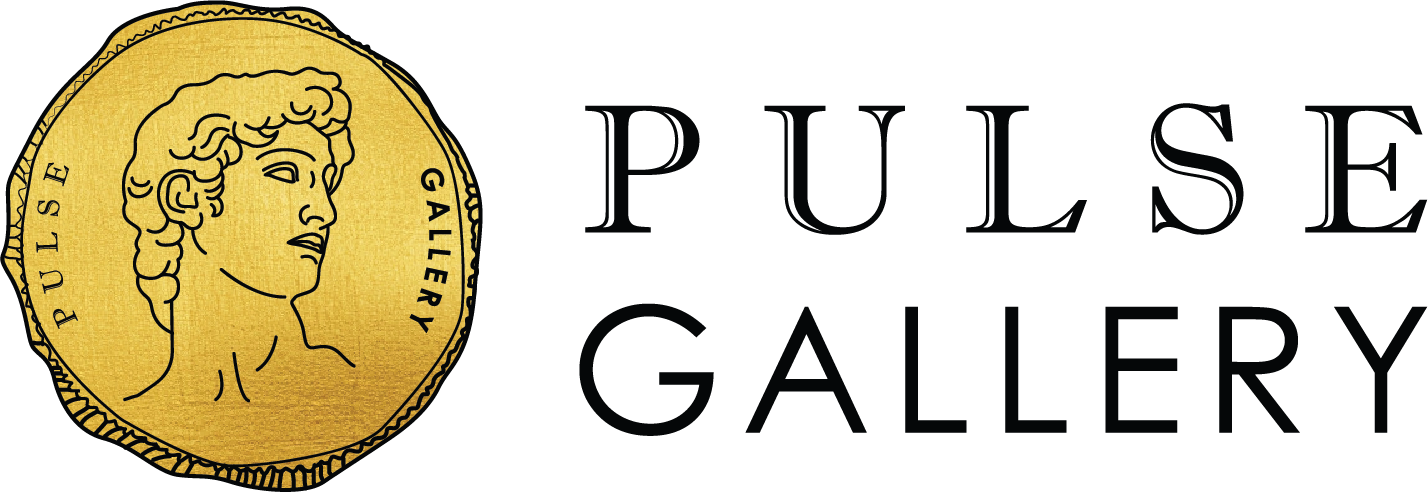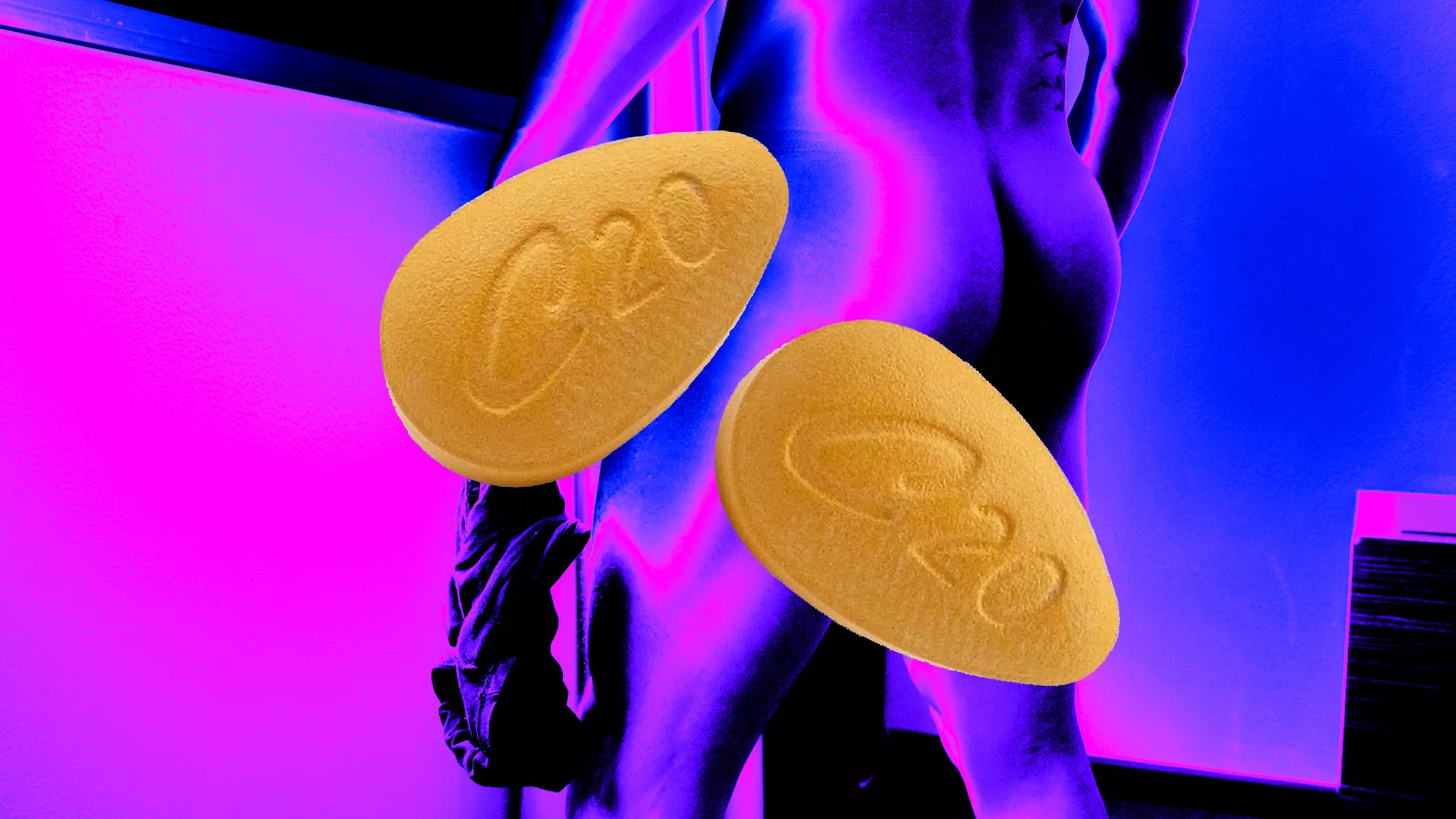The Role of Testosterone and Sexual Desire in Male Orgasm
The Male Orgasm: Steps to Ejaculation by Master and Johnson’s Four-Phase Model
The steps that lead a man to a successful orgasm include:
1. Arousal When a man is stimulated physically or psychologically, he gets an erection. Blood flows into the corpora – the spongy tissue running the length of the penis – causing the penis to grow in size and become rigid. The testicles are drawn up toward the body as the scrotum tightens. The man perceives something or someone that prompts sexual interest. That perception prompts the brain to send a signal down the spinal cord to the sex organs, causing an erection. The penis becomes erect when blood fills spongy tissue inside its shaft, brought by arteries that have expanded to allow blood to race in at up to 50 times its normal speed. The veins in the penis that normally drain blood out squeeze shut so that more blood remains inside, producing a firm erection. The scrotum pulls toward the body, and muscles throughout the body increase in tension.
2. Plateau As the blood vessels in and around the penis fill with blood, the glans and testicles increase in size. In addition, thigh and buttock muscles tense, blood pressure rises, the pulse quickens, and the rate of breathing increases. The male body prepares for orgasm in this phase, which can last from 30 seconds to 2 minutes. Muscle tension increases even more and involuntary body movements, particularly in the pelvis, begin to take over. The man's heart rate increases to between 150 and 175 beats per minute, says Ingber. A clear fluid may begin to flow from the urethra. This pre-ejaculatory fluid is meant to change the pH balance of the urethra, to improve the chances of sperm survival.
3. Orgasm The orgasm itself occurs in two phases, emission and ejaculation. In emission, the man reaches ejaculatory inevitability, the "point of no return. Semen is deposited near the top of the urethra, ready for ejaculation. Semen – a mixture of sperm (5 percent) and fluid (95 percent) – is forced into the urethra by a series of contractions in the pelvic floor muscles, prostate gland, seminal vesicles, and vas deferens.
Ejaculation occurs in a series of rapid-fire contractions of the penile muscles and around the base of the anus. Involuntary pelvic thrusting may also occur. The nerves causing the muscle contractions send messages of pleasure to the man's brain. Contractions in the pelvic floor muscles and prostate gland also cause the semen to be forced out of the penis in a process called ejaculation. The average male orgasm lasts for 10-30 seconds.

4. Resolution and refraction After ejaculation, the penis begins to lose its erection. About half of the erection is lost immediately, and the rest fades soon after. Muscle tension fades, and the man may feel relaxed or drowsy, according to Ingber. Men usually must undergo a refractory period, or recovery phase, during which they cannot achieve another erection. This period is variable in men, says Ingber. In an 18-year-old, this is typically less than 15 minutes. In elderly men, it can be up to 10 to 20 hours. The average refractory period is about half an hour. Men differ from women in that men usually are satiated after one orgasm. Women can experience more than one orgasm with no loss of sexual arousal and do not have to undergo a refractory period.
Isn’t ejaculation the same thing as orgasm?
A male orgasm is not the same thing as ejaculation and nor does it happen at the same time either. An orgasm is a sensation of a sexual climax, which is followed by ejaculation, which is the release of semen. However, it is notable that men can reach orgasm even without ejaculating. Most people refer to ejaculation and orgasm as the same, but they are two separate physiological events. An orgasm includes the pelvic contractions and intense pleasure and release you feel when you come.
Ejaculation is the expulsion of semen from the penis.
It can be an ejaculatory orgasm
Orgasm and ejaculation often happen simultaneously, but they’re two separate events that don’t necessarily have to happen at the same time. If your pleasure mounts and you shoot — or dribble — semen from your penis, then you’ve had an ejaculatory orgasm.
It can be a non-ejaculatory orgasm
Again, you don’t need to expel semen to have an orgasm. Not everyone ejaculates with orgasm, and even those that do may not ejaculate every time. This is also referred to as a dry orgasm.
Multiple orgasms are usually associated with females but about 15 to 20 percent of men have also reported enjoying multiple orgasms. However, it takes quite a bit of effort to learn this non-ejaculatory multiple orgasm technique.
Men can have orgasms from other stimulation, too
Your penis doesn’t have all the power when it comes to orgasm — your body’s loaded with pleasure points that are just waiting to get you off.
- Prostate Your prostate is the way to an intense, full-body orgasm. This walnut-sized gland is located between your penis and bladder, just behind your rectum. You can access it by inserting a finger or sex toy in your anus. Start by slowly rubbing the outside and inside of your anal opening with your finger. Insert your finger and massage your prostate, slowly increasing your speed as your pleasure builds.
What’s often referred to as the male G-spot is the prostate. We’ve already covered how to find it via your anus, but you can stimulate it indirectly by massaging your perineum. Also known as the taint, the perineum is the landing strip of skin between your balls and your anus. A finger, a tongue, or a vibrating toy over the perineum can all work magic on the prostate.
Some men can enhance both an erection and orgasm with digital prostate massage. This is a technique in which a finger is inserted into the rectum before and during sex to manually stimulate the prostate gland. Located on the front wall of the rectum, the walnut-sized gland is considered by some to be the male G-spot. - Nipple Nipples are full of nerve endings. They’re also connected to the brain’s genital sensory cortex, so almost anyone can get pleasure from their nipples. Nipple orgasms are said to sneak up on you and then send pleasure shooting through your whole body. If you’re flying solo, get comfortable and let your mind wander to whatever gets your juices flowing. Use your hands to rub your chest and nipples to find what feels good and then keep at it.
- Erogenous Your body is full of erogenous zones that go beyond the obvious ones we’ve just covered. These are sensitive spots on your body that lead to some serious arousal and possibly a full-body orgasm when touched just right. Get comfortable and begin touching yourself starting at your scalp and working your way down, lingering on any parts that feel especially amazing. Increase your speed and pressure as your pleasure intensifies. If you can’t take yourself over the edge like that, let one hand head south for a hand job while the other keeps pleasuring the rest of your body.
Can Men Intensify Their Orgasm?
- Testosterone Level. For starters, orgasm intensity is complex, and also affected by testosterone. Higher testosterone levels at a younger age can lead to a more intense orgasm, while age-related lower testosterone, stress, lack of sleep, etc. can affect it negatively. As a result, it is important to take good care of your penis and your sexual life, along with your health, to maximize the quality of your orgasms.
- Erection Enhancer Toy and Cock Ring. That being said, it’s possible to amp up certain factors to make your orgasms more intense. For one, using an erection-enhancing sex toy like a cock ring could potentially help. There are cock rings that have attachments that will vibrate on the balls leaving his hands free to do other things. Or you can try a ball stretcher. Sounds more scary than it is and is usually found in the fetish departments. But the thing is you can attach this device to your balls with as many weights as you want and it will pull your balls for you while you work your cock.
- Frequency of cumming. A lot of orgasm intensity is tied to build-up. Meaning if you just came a few minutes ago, having another orgasm not long after is likely to produce a relatively weak one. If you’re orgasming several times a day, you’re likely to have weaker ones in general.
Starving off orgasm over a long period, whether by avoiding masturbation and sex or by using a technique called “edging,” can help produce an extra-powerful one when you do. - Try edging. Want to prolong your play date? Incorporate the start-and-stop method into your next solo session. Orgasm control, also known as “edging,” draws out the pleasure so that you can have a longer, more explosive experience. Try it out by stroking your penis right up until the edge of ejaculation, then stop completely. Slowly begin to masturbate again, increasing speed until you’re ready to finish, then pull back again. Repeat this process as much as you’d like.
- Stop and Start Again. Men can sometimes go from erection to ejaculation quickly and rush through it, but it’s important to slow down and pay attention to their arousal and sexual energy. How do you do that? Tuning into each of the sensations you are feeling, trying not to give into feeling horny while you’re still working on getting turned on. Try prolonging the feeling of arousal and masturbate or thrust until you feel the sexual energy build and then stop. Start to squeeze the tip or base of the penis until you feel the urge to come to subside. Try this method three to four times while self-pleasuring or during sex as this will increase and sustain that delicious feeling of pleasure, and overall sexual stamina.
- Remember To Breathe. Most people — men and women alike — tend to hold their breath while they’re orgasming. It makes the release (of the orgasm and your breath) feel a little more intense ... or so it seems. In actuality, if you can learn how to control your breath and focus on it, you’ll experience heightened, more intense sensations. Holding your breath stops the depth and intensity of orgasm that can be enhanced and even magnified through breathing slowly and deeply, As soon as you feel yourself climaxing, remember to take a deep breath from the belly and inhale deeply to the count of four and exhale slowly out the mouth to the count of four, and let your breath ride through the wave of orgasm. This breath work will help expand the feelings of orgasm and circulate that satisfaction throughout the entire body.
- Don’t Be Afraid to Experiment. You may be a little shy and hesitant to dabble with some backdoor play, but opening your boundaries and limits may strengthen your orgasm even more. Prostate massage can intensify male orgasm. Try it.
It’s not just about stroking the penis, it’s about building arousal and pleasure sensation. You and your partner can start by touching, licking, and biting the nipples, thighs, belly, and the entire penis, from the base, up to the shaft and tip, the perineum and scrotum. This helps to expand the boundaries of the routine of sex to include new and blended levels of bliss. - Get Out Of Your Head. The key to male orgasm is to let yourself go with the moment, and if you find your mind trailing off, you won’t always get the best experience with your orgasms as you could. While you might be able to ‘finish,’ if you’re looking for an explosive experience that takes you (and your partner) to the next level, exploring toys might be the ticket that opens your mind and your sexual liberties to a place you’ve never been before.
Potential health benefits of orgasm
This is counter to the view in many cultures worldwide that the pleasure of the orgasm is “secured at the cost of vigor and wellbeing.”
There is some evidence that frequent ejaculation might reduce the risk of prostate cancer. A team of researchers found that the risk for prostate cancer was 20 percent lower in men who ejaculated at least 21 times a month compared with men who ejaculated just 4 to 7 times a month.
Several hormones that are released during orgasm have been identified, such as oxytocin and DHEA; some studies suggest that these hormones could have protective qualities against cancers and heart disease. Oxytocin and other endorphins released during male and female orgasm have also been found to work as relaxants.
Contact us at info.bkk@pulse-clinic.com or chat on your preferred platform:
![]() +66 65 237 1936
+66 65 237 1936  @PULSEClinic
@PULSEClinic ![]() PulseClinic
PulseClinic









